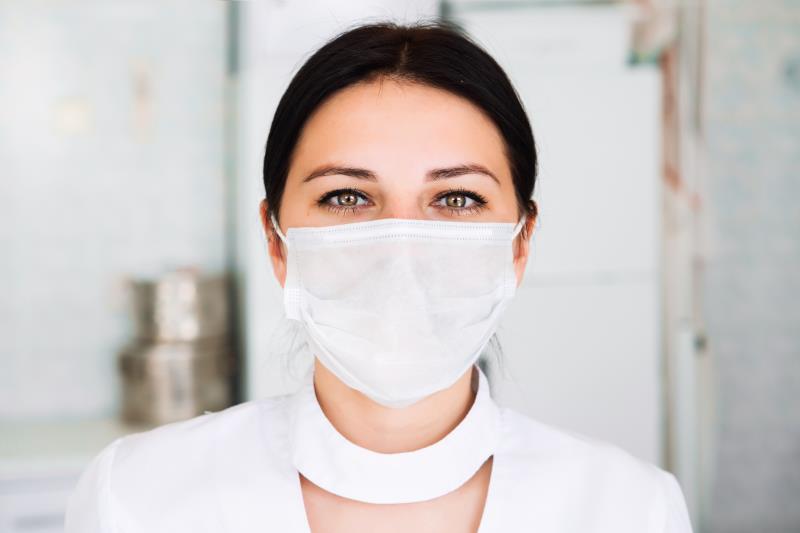
Healthcare personnel (HCP) who use medical masks when in contact with patients with respiratory illness are no more likely to acquire influenza or other viral respiratory illnesses than HCPs who use N95 respirators, according to the ResPECT* study.
“This study showed there is no difference in incidence of viral respiratory transmission among healthcare workers wearing the two types of protection,” said senior author Professor Trish Perl, chief of the Division of Infectious Diseases and Geographic Medicine at UT Southwestern Medical Center, Dallas, Texas, US.
“This finding is important from a public policy standpoint because it informs about what should be recommended and what kind of protective apparel should be kept available for outbreaks,” she said.
The results showed no significant difference in the incidence of laboratory-confirmed influenza infection events among individuals assigned the N95 respirator and those assigned medical masks (n=207 vs 193, representing 8.2 percent vs 7.2 percent of HCP seasons; difference 1.0 percent, 95 percent confidence interval [CI], -0.5 to 2.5 percent; p=0.18; adjusted odds ratio, 1.18, 95 percent CI, 0.95–1.45). [JAMA 2019;322:824-833]
Acute respiratory illness events also occurred at a similar rate between HCP who used respirators and masks (n=1,556 vs 1,711; difference -21.9 per 1,000 HCP-seasons; p=0.10).
Similarly, laboratory-detected respiratory infections (n=679 vs 745; difference -8.9 per 1,000 HCP-seasons; p=0.47), laboratory-confirmed respiratory illness (n=371 vs 417; difference -8.6 per 1,000 HCP-seasons; p=0.39), and influenza-like illness events (n=128 vs 166; difference -11.3 per 1,000 HCP-seasons; p=0.08) occurred at a comparable rate between the N95 respirator and the medical mask groups.
Adherence was comparable between HCP assigned the respirator and masks, with 65.2 and 65.1 percent of respirator and medical mask users, respectively, reporting “always” using the device, and 24.2 and 25.1 percent, respectively, reporting “sometimes” use.
The study population comprised 2,862 individuals (mean age 43 years, 82.8 percent female) based at 137 outpatient sites at seven medical centres in the US, of whom 2,371 completed the study. Pairs of outpatient sites (clusters) were matched within each centre and each cluster was randomized to use of the N95 respirator or medical masks. HCP wore the devices when in proximity (within 6 feet) of patients with suspected or confirmed respiratory illness over the 12-week peak viral respiratory illness period each year for 4 years (four viral respiratory seasons, randomization conducted each year). Random swabs were obtained twice each season in asymptomatic participants, with an additional swab taken 24 hours after self-report of respiratory illness symptoms and again if symptoms persisted for >7 days.
The fact that certain respiratory viruses are aerosol transmitted fuelled the idea that N95 respirators functioned better than medical masks in preventing these infections, said the researchers.
“The takeaway is that this study shows one type of protective equipment is not superior to the other,” said Perl.
Several factors could have affected the findings including unrecognized asymptomatic infections and underestimation of illness due to self-reporting of symptoms, the researchers noted. Additionally, the findings may not extend to other protective devices, they said. The researchers also acknowledged that the study was underpowered for the primary endpoint, though a study assessing superior effectiveness of one device over another would have required 10,000 HCP-seasons.